PRODUCT DESCRIPTION
PSR™ is a highly efficient additive specifically designed to extend the setting time of concrete. This product falls under the retarders group and contains a combination of carefully selected ingredients, including lignosulfonates, sugars, hydroxycarboxylic acids, salts, and other organic compounds.
Incorporating the PSR™ into concrete mixtures effectively delays the hydration process, allowing for better workability and increased control over the set time. This is particularly advantageous for large-scale concreting projects, where a slower setting time is desired to accommodate complex construction processes and ensure optimal results.
The Powder Form Set Retarding is formulated for other concrete additives, such as strength accelerators, water reducers, superplasticizers, Humic acid groups, sulfonic acid, Amino acids, and alkali metal salts. These complementary components contribute to the overall performance and fluidity of the concrete mixture.
Notably, urea is an excellent retarder, while lignosulfonate exhibits retarding action in concrete. These specific properties make the PSR™ code an exceptional choice for achieving desired setting times without compromising the ultimate strength and durability of the cured concrete.
With the Powder Set Retarder (PSR™ code), contractors and builders can confidently enhance their concrete construction projects, ensuring improved workability and precise control over the concrete’s setting time.
Features
- Increasing concrete setting time
- The possibility of concreting in tropical areas
- The possibility of massive concreting
- Increasing the performance of concrete
- Reduce isolation
- Increasing the strength and durability of concrete
- Preventing cold joints in concreting
- Increase in concrete stop times
- Reducing the temperature in massive concreting and as a result preventing the formation of thermal cracks
- Easier finishing
- Increasing the compressive strength of concrete
- Increased flexural strength
Applications
- Suitable for massive concreting
- Suitable for controlling thermal changes in concreting
- Suitable for concreting in tropical areas
Packaging
- –
Colour
- white
technical specifications
|
color |
white |
|
Physical base |
powder |
| Chloride |
no |
- Familiarize Yourself with the Product: Understand the properties and intended use of PSR™ code.
- Dosage Calculation: Determine the appropriate amount of PSR™ code for a desired setting time extension.
- Mixing Procedures: Follow recommended guidelines for incorporating PSR™ code into the concrete mix.
- Compatibility Testing: Test the compatibility of PSR™ code with other concrete additives or admixtures.
- Quality Control and Testing: Implement a program to monitor concrete quality and test critical parameters.
- Adhere to Safety Guidelines: Follow safety precautions when handling and storing PSR™ code.
- Collaboration and Communication: Maintain open communication with the project team.
- Documentation and Record-Keeping: Keep detailed records of PSR™ code application and adjustments made.
- Understand the Product: Familiarize yourself with the properties and guidelines of PSR™ code.
- Collaborate with Engineers: Communicate and coordinate with engineers involved in the project.
- Procure Adequate Quantities: Ensure sufficient supply of PSR™ code for the project.
- Proper Storage and Handling: Store and handle PSR™ code according to the manufacturer’s instructions.
- Training for Personnel: Provide personnel training on PSR™ code handling and application.
- Mixing and Application: Follow recommended procedures for incorporating PSR™ code into concrete mixtures.
- Quality Control: Implement a robust program for monitoring concrete mixtures with PSR™ code.
- Document and Track: Maintain detailed records of PSR™ code usage, testing, and adjustments.
- Monitor Weather Conditions: Consider weather factors that may impact PSR™ code performance.
- Seek Manufacturer Support: Consult the manufacturer for assistance and guidance when needed.
- Dosage Calculation: Determine the appropriate dosage of PSR™ based on the desired setting time extension. The recommended amount is between 1 to 3 percent of the weight of cement used in the concrete mix. Conduct small-scale trials to validate the dosage before applying it to larger concrete batches.
- Pre-Mixing Preparation: Ensure all the required materials, including cement, aggregates, and other concrete additives, are ready for mixing. Follow standard industry practices for concrete batching and preparation.
- PSR™ Code Incorporation: Add the calculated amount of PSR™ powder into the dry cement mix. It is crucial to ensure uniform distribution of the PSR™ code within the dry mix to achieve consistent results.
- Mixing Procedure: Gradually introduce the water to the dry mixture while continuously mixing the concrete. Follow the recommended mixing time to achieve a homogeneous concrete mix with the PSR™ thoroughly dispersed.
- Admixture Compatibility: If other concrete additives or admixtures are used, ensure they are compatible with the PSR™. Conduct compatibility tests to ensure no adverse reactions or interference with the retardation process.
- Workability and Setting Time: Observe the workability of the concrete mix during placement. The setting time will be delayed due to the presence of PSR™. Adjust the construction schedule and concrete placement to accommodate the extended setting time.
- Understand Product Specifications: Familiarize yourself with the PSR™ code specifications and guidelines.
- Material Testing: Test the PSR™ code for quality and compliance with standards.
- Compatibility Testing: Conduct compatibility tests with other concrete additives or admixtures.
- Dosage Calculation: Determine the appropriate dosage of PSR™ code for a desired setting time extension.
- Mixing Procedures: Follow recommended procedures for incorporating PSR™ code into the concrete mix.
- Fresh Concrete Testing: Regularly test fresh concrete properties, including slump and workability.
- Setting Time Monitoring: Monitor the setting time of concrete with PSR™ code to ensure the desired delay.
- Strength Testing: Conduct compressive strength tests to evaluate the impact of PSR™ code on strength.
- Quality Control Documentation: Maintain detailed records of quality control activities related to PSR™ code.
- Collaboration and Feedback: Maintain communication with the project team and gather feedback on PSR™ code performance.
technical documents
Photo Gallery
Technical documentation request




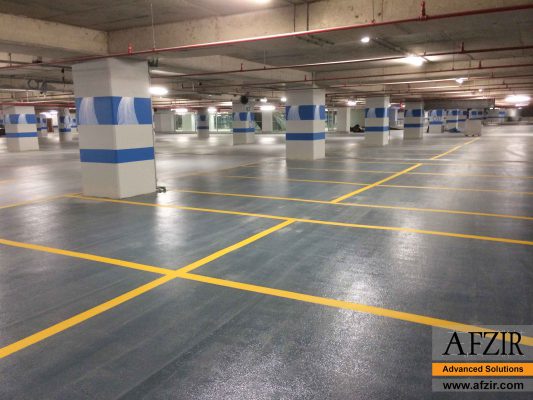











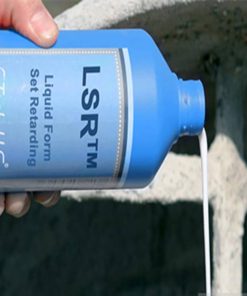

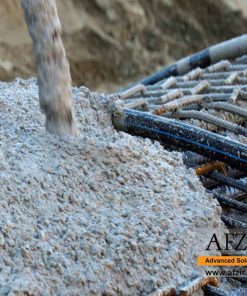

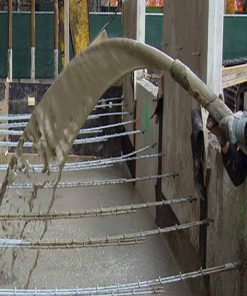



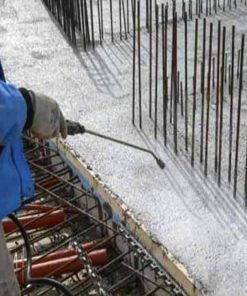
Be the first to review “Powder Form Set Retarding”